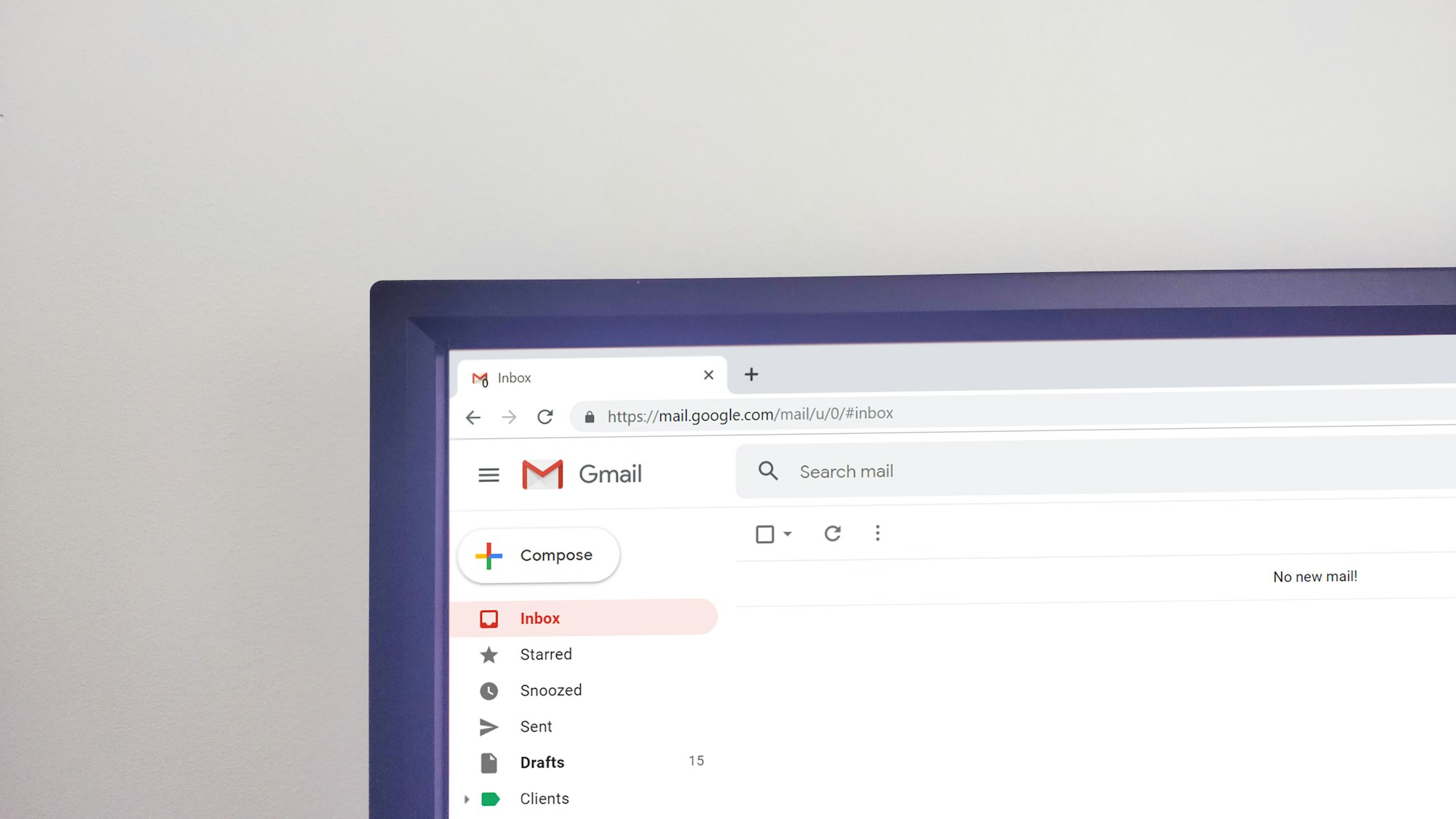Customer onboarding isn’t always plain sailing. Sometimes, it can be a white-knuckle roller coaster ride, strong enough to test the most patient of marketers and CS managers.
As a product marketer, having transformed your prospect into a customer, your focus needs to shift to keeping your customer happy – and making sure they don’t jump ship.
Unfortunately, there are instances where companies find themselves in a scenario when their seemingly irresistible product proves to be, well, totally resistible, and their precious customers waltz away to seek an alternative.
However, customer attrition needn’t haunt you when you go to bed in the evening. There are no end of ways to keep rates low and keep your customer base intact.
What is customer attrition?
Put simply, customer attrition refers to the rate at which customers stop doing business with a company – and it's typically expressed as a percentage of overall customers lost over a given period of time.
For marketers, understanding and reducing customer attrition is crucial for retaining revenue and minimizing acquisition costs.
Overseeing a high attrition rate invariably means spending additional resources to attract and acquire new customers, just to stay even!
Why is customer attrition important to track?
Customers are the lifeblood of any business. Without them, the pennies would soon dry up, and you’d cease trading - sorry to be blunt, but it’s simple business economics.
If a company’s attrition rate (otherwise known as customer churn) is high, this means they’re losing too many customers and it’s time for the product marketing team to dash back to the drawing board and consider an alternative approach.
On the other hand, if the attrition rate is low, this means the strategy is ticking the right boxes, as fewer customers are leaving.
Easy peasy.
How to reduce customer attrition
Lost a customer and adopted the “there’s more fish in the sea” approach?
Stop that right now, sista. ✋
Fish in the sea there maybe, but what if we told you there’s a way to reactivate your churned users and reduce your attrition rate? 😉

Have we managed to reinvigorate your hope? Ignited your inner spark? Well, it gets better. Because while a little innovation and resilience can help you win back customers who’d previously decided to turn on their heels, there are ways to stop customer attrition before it can gain momentum.And ‘cos we love you so much, we’re gonna open up our box of tricks and tell you all about them. 👇
Conduct in-depth analysis
Numbers can tell a whole lot of stories, and while some of these tales may be scarier than a Stephen King novel, they can go a long way in explaining exactly why your customers decided to do the disappearing act in the first place.
There are a whole host of research methods you can use to generate essential information with qualitative and quantitative methods both bringing their benefits to the table.

Speak with the customers
The name of the game is to keep customer attrition rates as low as possible. If your customer knows, likes, and trusts you and your company, then when you say “jump” they’ll ask “how high?”
We can’t stress enough how successful relationship marketing hinges on communicating effectively with customers; it’s all about making them feel like a million bucks. The more you help them, the more likely they are to reciprocate and help you.
Never give the customer reason to doubt whether or not your product or service warrants their hard-earned money. Launching a new feature? Don’t keep it to yourself! Send them an email and let them know how awesome it is. Got a deal offering a discount? Tell them about it on social media so they don’t miss out and become frustrated with you for not telling them.
It’s good to talk and with so many different mediums for you to tap into, frankly, there’s no excuse for a business not to communicate with customers and make them feel wanted.
Email is used most often for customer engagement, and we appreciate not everyone has a way with words. So if you find yourself tongue-tied or experiencing writer’s block, here’s a guide on how to script a sales email to give you a wee bit of guidance.

Don’t assume. Educate
It can be easy to assume everyone else knows about something because you know it inside and out.
Point in case, 32% and 18% of women are considered experts on Star Wars. However, ask me about the franchise, and I wouldn’t know where to begin - I’d need every minor detail to be explained to me before I’d gain any enjoyment out of watching it.
The same applies to your customers using your product; always give them the resources they need to get the most of your offering and minimize the possibility for any confusion. There’s nothing worse than receiving no guidelines, instructions, or tips on how to maximize your enjoyment when you’ve invested in something you’ve been looking forward to using.
As simple as it may seem, never assume people know about how to use a product - what’s simple in your eyes can be mind-blowing in the eyes of somebody else. A confused customer is an unhappy customer, and if they’re baffled, they’ll go to someone who will move mountains to explain things in a way they’ll understand.
Identify vulnerable customers
Some customers are more likely to leave than others. For example, if a customer has just bought the product or signed up, they’re less likely to leave anytime soon.
On the other hand, if you have a customer who has perhaps slipped under the radar in your mailing list, or you haven’t been in touch with them for a while, then there’s a fair chance they could be considering their options. In the time that’s elapsed, they could’ve needed help or support, needed to ask a question, or just needed some TLC.
The key takeaway? Don’t become too fixated with your shiny new customers. Make sure you identify your vulnerable customers and keep them happy using these strategies from Eve Brill, Head of Product Marketing at Farfetch.

Incentivize customers
Some call them incentives, some call them bribes, but either way, people love something for free!
A $25 gift card can be worth its weight in gold if it convinces a customer to prolong their journey with your company. As long as the cost of the incentives aren’t outweighed by the potential return, it could prove to be a shrewd move.
Pay attention to personas
Trying to sell products with skewed personas in place is like trying to fill a bucket filled with holes - it’s a waste of time. Period.
If you’re selling products to an audience that simply isn’t interested in what you’re offering, it doesn’t take a genius to work out how it’ll end. That’s right - they’ll look for a company who can give them what they want and leave you in the lurch.
You need to consider factors such as age, profession, pain-points, buying behaviors, and conjoin these features to form your perfect customer - then think about selling your product. Adopting a cavalier approach is for people with too much money, and not enough brains. 🤷♂️
Unsure how to create your buyer personas? Here, let us help you. 👇

Train your teams
We’ve all experienced good and bad customer service and suffice it to say, we’d take the former every day of the week.
However, you can’t lay the responsibility solely at the door of your teams. Take responsibility and provide them with the tools, resources, and training they need to provide the best possible customer experience possible.
If customers have no reason to complain, chances are they won’t be in a hurry to leave anytime soon.
Conduct regular internal training sessions to keep your teams up-to-scratch with best practices and keep your customers grinning from ear-to-ear.

Never ignore complaints
If you receive a complaint from a customer, no matter how big or small it may be, you need to address the matter.
Remember the golden rule of business: the customer is always right. So, if you’re faced with a complaint, always do your best to put a solution in place. After all, it can take just one negative experience to convince 32% of customers to sever ties with a business they’d previously sworn by.
Consider providing a platform for your customers to offer negative feedback constructively, via focus groups, social media platforms, surveys, emails, etc. There are plenty of ways to reach out and integrate responses into your business strategy to solidify your future offerings.

Be astute with contracts
Many customers walk away because a company makes it too easy for them to do so. Our advice? Don’t be blinkered by naivety. 🤷♂️
While some companies are happy to operate with rolling-contracts without a cancellation fee, or minimum notice periods, instead, view things from a business perspective and implement a longer, watertight model to stop your customers from leaving at the drop of a hat.
The longer your customers are contracted, the more they’ll use your product, and the more they’ll see the benefits you have to offer, while you’re not rueing the loss of their custom.
Win-win.
Show off your qualities
By and large, business isn’t for introverts. You’ve got to flex your muscles, show the market what you bring to the table, and why your product blows your competitors out of the water.
Got a USP that’s been through development for months on end? Don’t hide it - flaunt it to your customers and make them realize nobody offers what you can. Leave them under no illusion what they’d be missing out on if they decided to up-sticks and opt for another product.
Ultimately, you’re only as good as your word if you don’t have proof. So, conduct competitor intel, gather key information about your rivals, and use your marketing campaigns and messaging to clearly demonstrate in black and white why a customer should pick you.

Supermarket chain Aldi executed this approach to perfection when they name-dropped supermarket rival Tesco in their ‘price crunch’ campaign, directly highlighting to prospective exactly how much cheaper their prices are.
A risk worth taking? You betcha. During the last decade, Aldi has transformed itself from an unfashionable bargain store to a popular supermarket. With its customer base rapidly expanding, the chain continues to establish itself as a popular choice among grocery shoppers.
A lot of common sense can be applied when reducing customer attrition and it often boils down to a key question: as a customer, how do you like to be treated?
We’ve said it before, and we’ll say it again: customers are the heartbeat of your business. Protect them as you would your own child. You may think we’re being melodramatic, but you’ll be left cussing if you don’t give them the respect they deserve.
Don’t make life unnecessarily complicated. 👍
Want to learn more?
Product marketing is and always will be a customer-centric role. A core part of your job is to value the voice of the customer and advocate for their wants, needs, and pain points. It’s your responsibility to make them feel heard. Therefore, customer marketing is an integral part of what you need to do to ensure that you’re staying true to this.
The Customer Marketing Certified: Masters course has been designed to give you invaluable, practical insights into streamlining your customer marketing approach so that you can ensure that:
- Your customers are happy,
- Your products are the best they truly can be,
- Your brand reputation is consistently positive, and
- That you bring in increased revenue for your organization.
So what are you waiting for?
Enroll today

















 Follow us on LinkedIn
Follow us on LinkedIn




.svg?v=a4be9bcc7d)